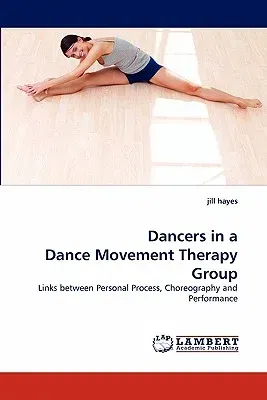Jill Hayes
(Author)Dancers in a Dance Movement Therapy GroupPaperback, 22 December 2010

Qty
1
Turbo
Ships in 2 - 3 days
In Stock
Free Delivery
Cash on Delivery
15 Days
Free Returns
Secure Checkout
Print Length
276 pages
Language
English
Publisher
LAP Lambert Academic Publishing
Date Published
22 Dec 2010
ISBN-10
3843360049
ISBN-13
9783843360043
Description
Product Details
Author:
Book Format:
Paperback
Country of Origin:
US
Date Published:
22 December 2010
Dimensions:
22.86 x
15.24 x
1.57 cm
ISBN-10:
3843360049
ISBN-13:
9783843360043
Language:
English
Location:
Saarbrucken
Pages:
276
Publisher:
Weight:
408.23 gm

